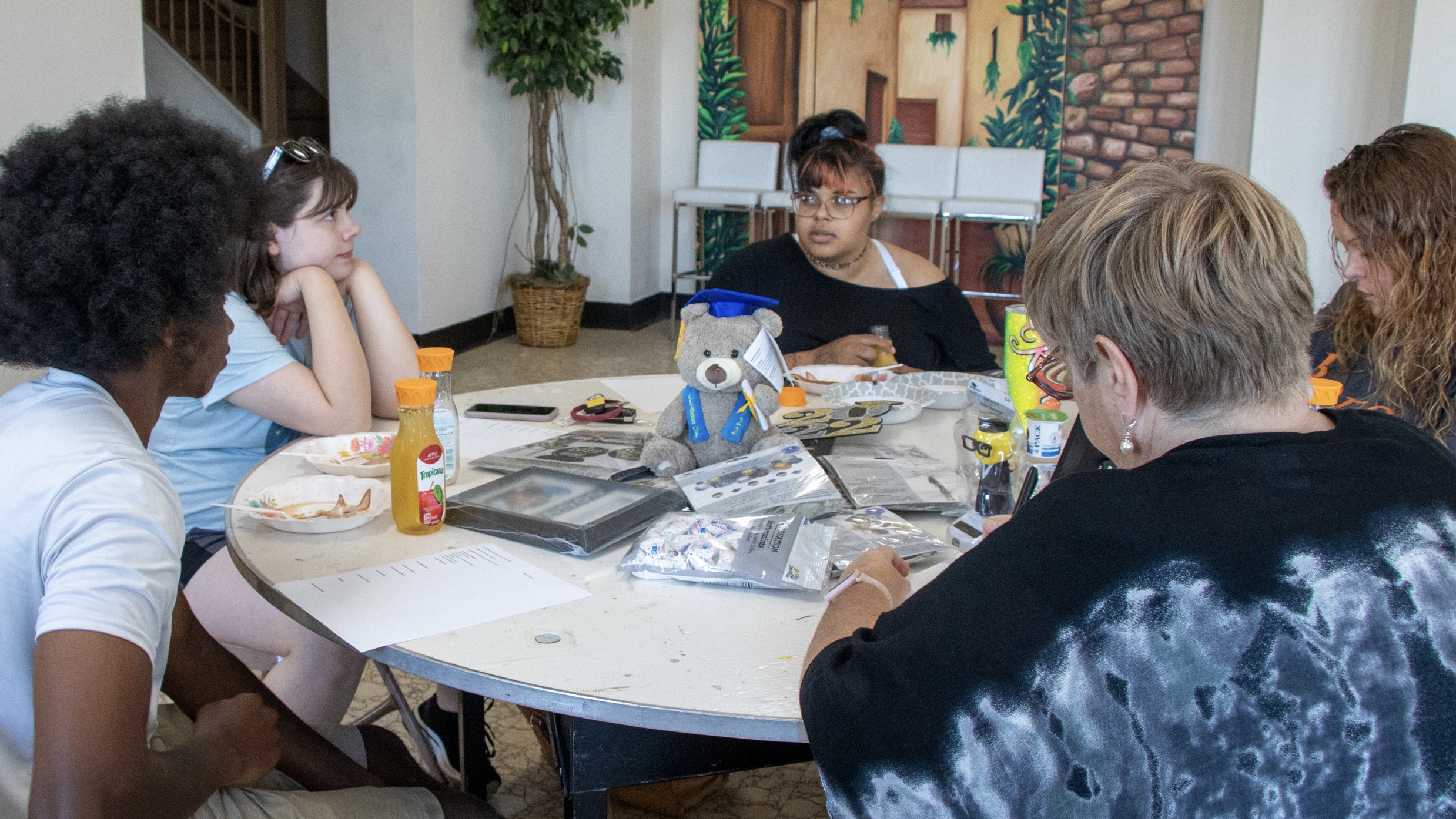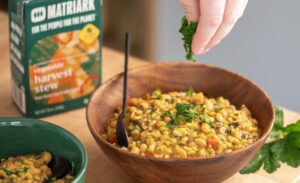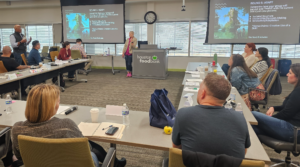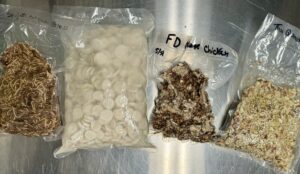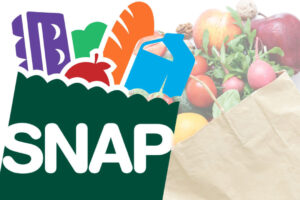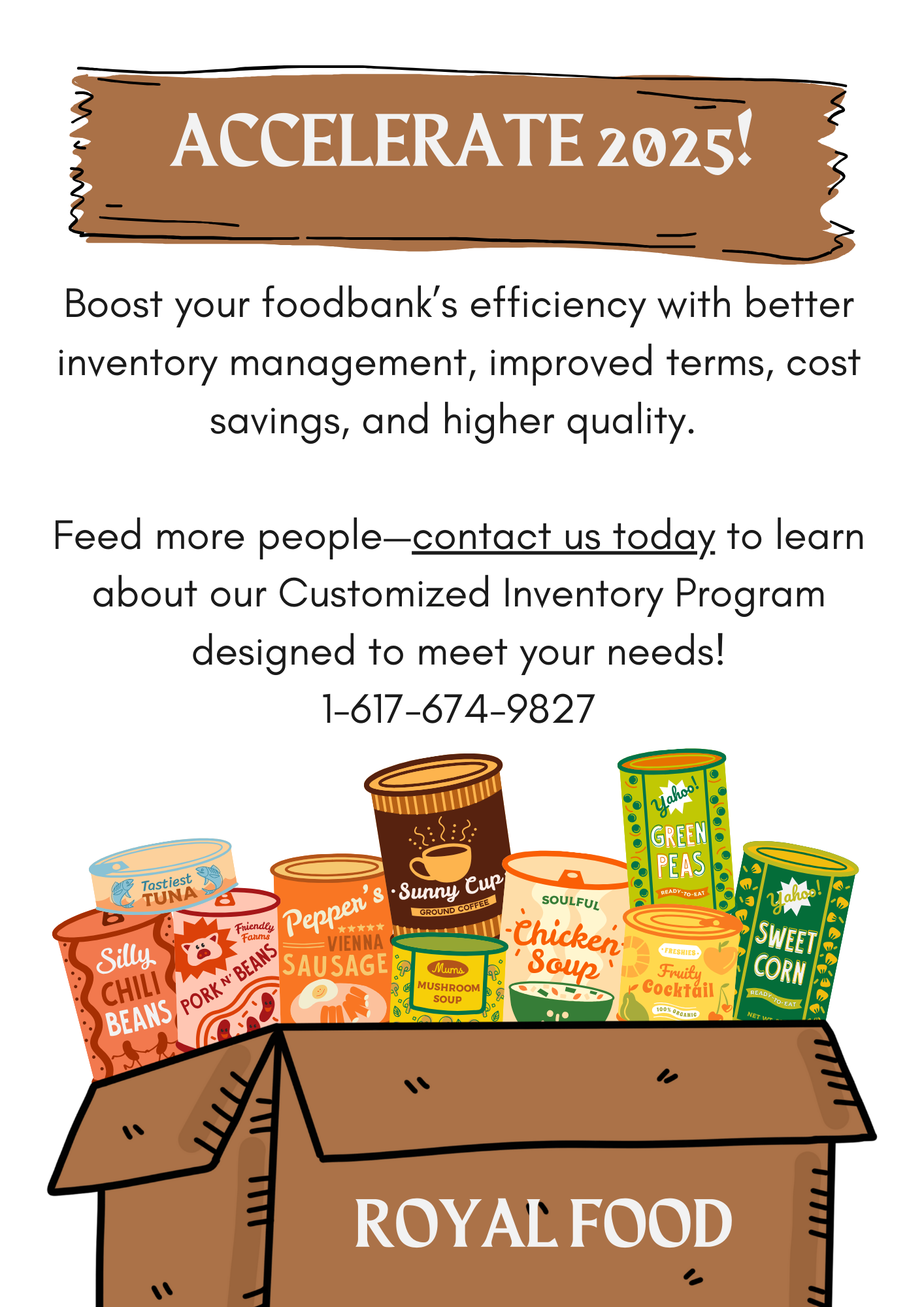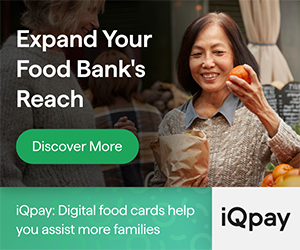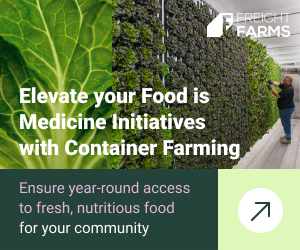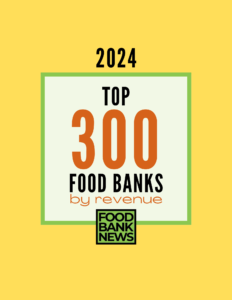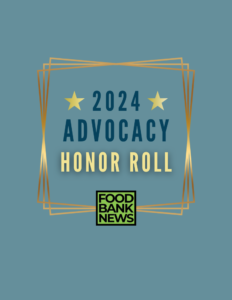Second Harvest Food Bank of East Central Indiana is expanding a multi-pronged program it developed that aims to lift people out of poverty.
A three-year strategic plan, to be initiated this year, will expand the poverty-fighting program into each area of the food bank’s eight-county footprint, one county at a time. A generous planned gift made in late 2024 is making the expansion possible.
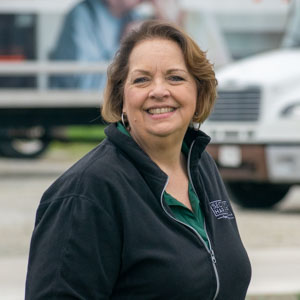
The centerpiece of the program, known as Getting Ahead, offers small-group learning sessions to help participants better understand poverty, develop financial literacy, strengthen their resources, and build relationships to promote long-term stability and success. The curriculum is based on workbooks developed by Philip DeVol, an internationally recognized consultant who has studied methods of getting out of poverty.
The programming underscores the complexity of rising out of generational poverty. “The program emerged from a recognition that providing food alone was insufficient to break the cycle of poverty,” said Bekah Clawson, President and CEO of the food bank.
The Getting Ahead program provides the 10 to 12 participants of each class with up to $400 in gift cards over 16 weeks, as well as meals, childcare, groceries, and other resources. The food bank runs three to five sessions a year and has graduated 25 classes through the end of 2024.
“These sessions include dinner, childcare, and resources like groceries to remove common barriers to participation,” Clawson said. “The program is held in community locations, ensuring accessibility for participants.”
Each 16-week class is facilitated by experienced and certified instructors, and can cost between $5,000 and $10,000 to run, depending on how many volunteers are on hand to handle tasks like child care, food purchasing and preparation.
Programming has evolved to include a related program, Staying Ahead, which helps graduates of Getting Ahead maintain their progress. Workshops, networking events, and connections to community allies give graduates additional resources and accountability to help ensure their success.
Rounding out the programming are simulation events aimed at fostering empathy and awareness about poverty among the broader community. One is a 90-minute interactive simulation in which participants balance a tight budget while staying within nutritional guidelines. The other is a three-hour experience in which participants must make ends meet as financially struggling citizens in a simulated society.
Two full-time staffers – a manager and a coordinator – oversee all of the food bank’s poverty-related programming. “Partnerships with organizations and donors play a significant role in sustaining the program,” Clawson said. She noted that the supplemental programming outside of Getting Ahead is “much less costly with less effort to facilitate.”
Participants in the program often move on to become involved in running it, Clawson said. Overall results of the program include increased confidence, improved financial control and a clearer path to a self-sufficient future, she said. “The program has had a transformative impact on individuals and families, helping them break out of the cycle of poverty.” – Maura Keller
Maura Keller is a Minneapolis-based freelance writer and editor.
PHOTO, TOP: Small-group programming at Second Harvest Food Bank of East Central Indiana.
Like what you’re reading?
Support Food Bank News
